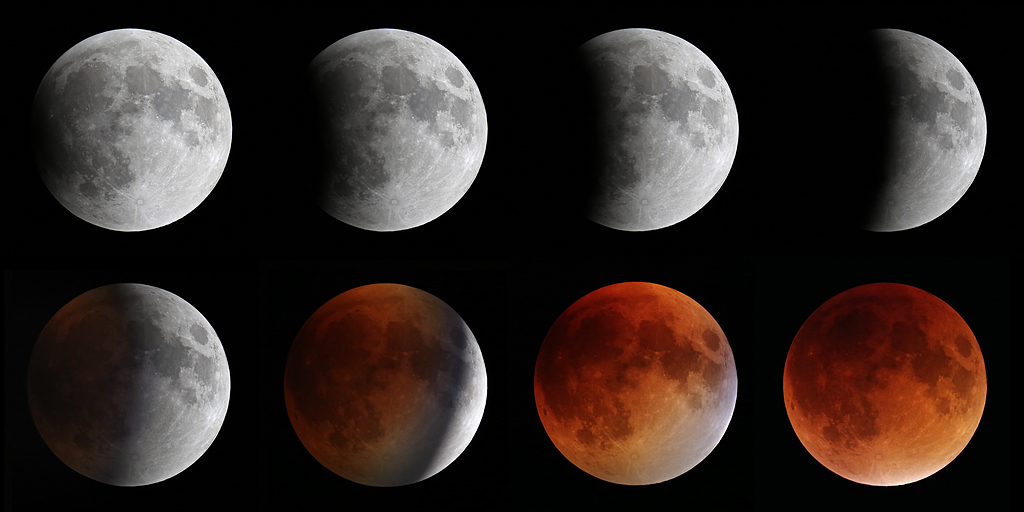Summer has traditionally seen a waning in my telescope use. Longer days that see twilight stretching into night time hours put a bit of a damper on my enthusiasm to spend a lot of time viewing and then there are the bugs. Dare to stay out too long without mosquito protection and you’ll quickly regret it. Of course I’ll make a point to bring a telescope on any trip to darker skies but my summer backyard viewing time is generally much more limited and oriented around binocular viewing.
Observing
Mercury Transit
Today Mercury crossed between the Earth and the Sun. These Mercurial transits occur roughly 13-14 times a century – the last one was in 2006 and though we only have to wait until November 2019 to see the next one, the following transit won’t happen until 2032.
Between clouds and trees in my Eastern sky this morning I wasn’t sure I would be able to catch the beginning of the transit but it worked out. I set up my 80mm refractor with a Baader solar film filter for white light viewing. With this telescope an 8-24mm zoom eyepiece gives me 20-60x, which is just about right for solar viewing as the high end of the range still allows the entire disk to fit within the field of view and daytime seeing conditions don’t often allow very high powers.
Supermoon Lunar Eclipse
We had clear skies for Sunday night’s lunar eclipse and it was quite a show. I was able to photograph a sequence from umbra to totality lasting about 2 hours.
The photos were taken from my back yard with a Canon 6D attached to a 5″ refractor at prime focus. Exposures ranged from 1/250 second at ISO 100 to 1/3 second at ISO 6400. With the exception of the last image, the bottom half of the sequence are blended exposures.
-Dave
Original content copyright 2015 by David Philips. All Rights Reserved. This post may contain links to affiliate sites; sales through affiliate links may benefit this site.
60mm Sessions: Omnicron Cygni
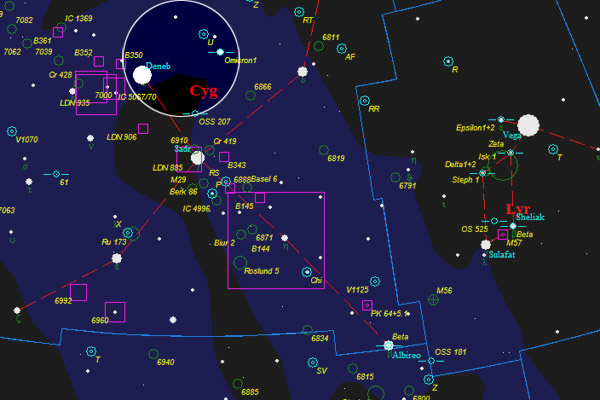
Annotated finder chart for Omnicron Cygni. Original chart from TUBA
These last nights, though brightened by the full moon, have been clear, cool, and relatively free of bugs and so as tends to be the case this time of year I find myself drawn to spending more time under the night sky.
Moonlit nights are a good time for observing double stars as the brightened sky does little to diminish their beauty. Out I went with my 60mm scope and copy of Double Stars for Small Telescopes to explore Cygnus.
With Deneb (Alpha Cygni) shining bright near the zenith I pointed my telescope roughly towards the tail of the swan and looked through the 6×30 finder. I was surprised to see what appeared to be a wide double star with a striking color contrast.
The Perseids are Coming!
Each Summer the Persied meteor shower gives North Americans their best opportunity to view a flurry of “shooting stars”, with one appearing roughly every minute at the apex.
The Persied meteor shower peaks the night of August 12th* but activity will still be heightened a few nights before and after. This year the peak activity falls during the New Moon, which means conditions for viewing the shower will be good provided the weather cooperates.
In fact you may occasionally see a Persied meteor even now. The other night I was outside for a few minutes just checking the stars and saw a bright meteor streak by radiating from Perseus in the North East.
For more information on the Persieds and tips on how to observe the shower, check out the American Meteor Society’s viewing guide and Sky & Telescope’s article.
Clear skies!
*4:00 AM on the morning of the 13th to be precise.
-Dave
Original content copyright 2015 by David Philips. All Rights Reserved. This post may contain links to affiliate sites; sales through affiliate links may benefit this site.
An 80mm Refractor under Dark(ish) Skies
I spent last week in North-Western Massachusetts, a relatively rural area that shows as dark-yellow on the light pollution charts, which is to say it is considerably darker than my red zone suburban backyard. I was understandably eager to observe under such conditions and so came the decision as to which telescope to bring along.
The AWB OneSky was an obvious choice but for whatever reasons (maybe just for the sake of variety) I decided to bring an 80mm refactor. While the 5″ aperture of the AWB would’ve been appreciated, under decent skies an 80mm can be a satisfying scope, and, being equipped with a 2″ focuser, the 80mm is capable of some breathtakingly wide fields of view.
It turned out that over the course of the week there was only one really clear night for observing but it certainly made bringing the scope worthwhile.
Saturn in Small Scopes
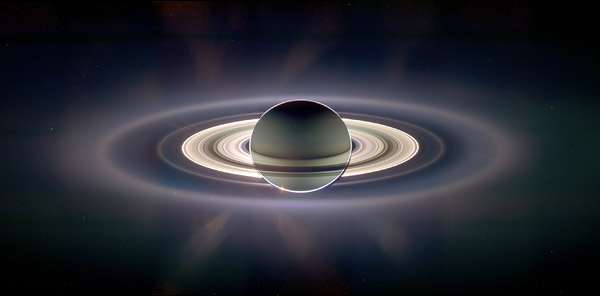
Enhanced image of Saturn eclipsing the Sun taken in 2006 by the robotic Cassini spacecraft. Courtesy NASA/JPL.
There’s something special about seeing Saturn in a telescope. Sure, viewing any of the planets is pretty great – the telescope reveals an object that to our eyes appears to be a star is actually a disc, a whole ‘nother world. It’s enough to get any observer’s heart pumping.
But then there’s Saturn – it’s not just a disc. Currently when viewed at very low powers the rings form much of the visual bulk of the planet, giving it an oval appearance with a hint of dark separation between the planet and its rings. What a surreal viewing experience to see this strange, wonderful object hanging in space.
With Saturn rising shortly after 7:00 PM and setting around 5:00 AM, now is a good time to view the planet, which is a showpiece in even small telescopes. For the best view, try to catch the planet as high in the sky as you can – currently it reaches maximum altitude around midnight. At my 40°N latitude the planet only gets up to ~30° so the atmosphere can make high power viewing difficult but still worthwhile. I was able to take advantage of a recent clear night to view Saturn with both a 60mm refractor and the Celestron FirstScope.
A Night to Remember
I haven’t looked through a telescope in weeks. The second half of April seemed an endless string of cloudy nights and while I’m sure there were a few clear ones in there, one thing or another kept me from getting out under the stars with a telescope.
I am starting to miss observing and I can’t help but recall one of the last sessions of April, which happened to give the best views of Jupiter I’ve yet seen.
I was enjoying a pleasant evening out in the back yard with the kids when I first noticed Venus visible in the southwest and shortly after that was able to spot Jupiter, with some difficulty as the sky was still blue, near the zenith so I decided to bring out the 10″ Dob. Only a few weeks earlier I would’ve chosen a smaller scope but due to the mild weather that day I suspected the telescope would not need much, if any, cooling before being usable at high powers.
60mm Sessions: Nova Sagittarii
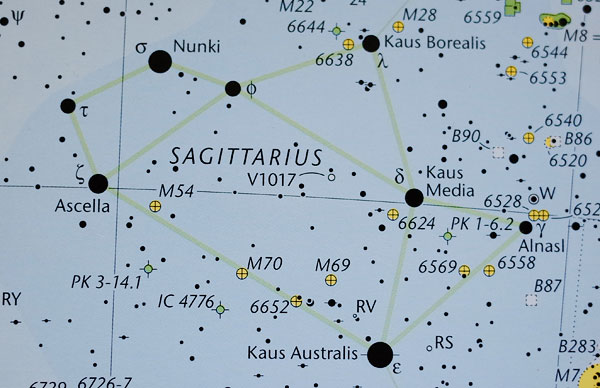
If the dim star from which Nova Sagitarii 2015 No. 2 originated was charted in the Pocket Sky Atlas, it would be hidden under the “U” in “Sagittarius”.
By the end of March I had pretty much written off seeing Nova Sagittarii 2015 No. 2.
In Sky & Telescope’s oft updated article on the nova, Alan MacRobert refers to those unwilling to get out in the cold, pre-dawn hours as “slug-a-bed”s. Yeah, that’s me. My interested peaked about the same time as the Nova’s brightness in late March, then faded as the next day it dropped below magnitiude 5 and appeared to be on its way out completely.
The Leo Triplet
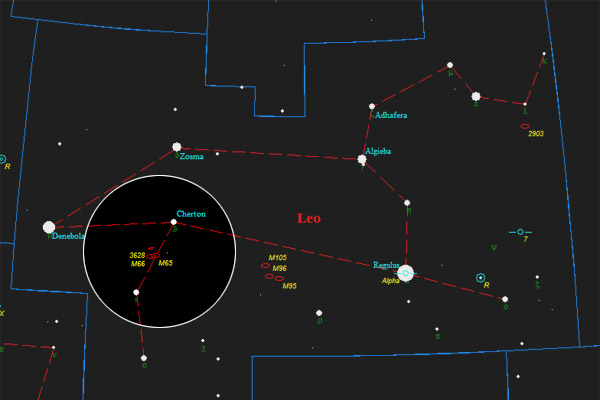
Annotated finder chart for the Leo Triplet. Original chart from TUBA.
During the month of April the constellation Leo is high in the sky shortly after dark, making it a good time to view the many galaxies residing there. As seasoned observers know, viewing galaxies at higher altitudes puts less air between you and the subject giving a clearer view. I’ve spent the past few weeks eagerly awaiting a clear, moonless night so I could revisit M65, M66, and NGC 3628 – collectively known as the Leo Triplet.
After a long stretch of cloudy or moonlit nights, last night’s skies were clear and reasonably dark from my red zone backyard so I brought out my 10″ Dobsonian along with a 5″ refractor to view this trio of Galaxies.
